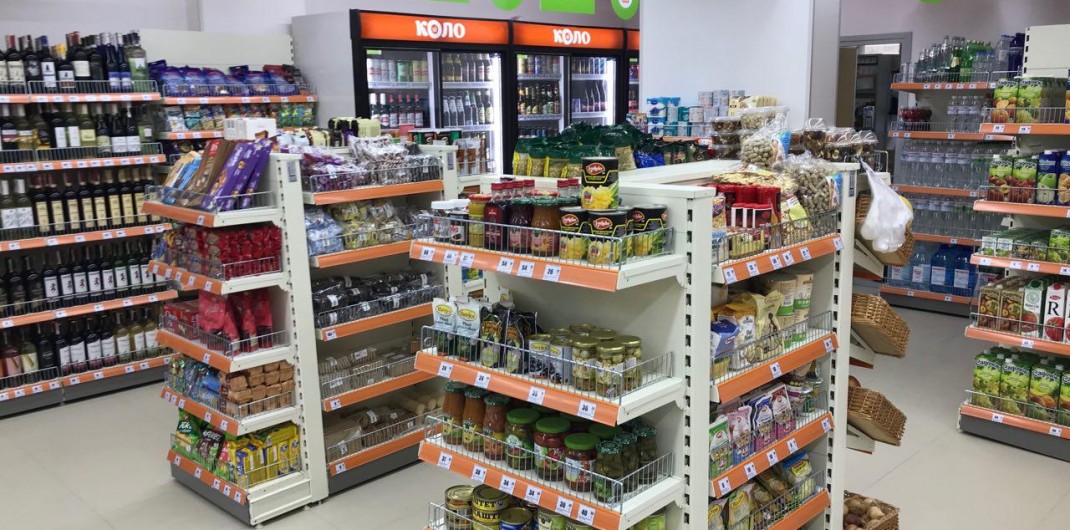Background
At the time of the start of cooperation, the client was using another system that covered the needs for automatic order generation. The inventory management department consisted of 3 employees: a head and two managers.
At the same time, the company's management was looking for a more efficient solution that was similar in terms of the logic of operation. It was expected that the new software would help improve KPIs and optimize certain order management processes, as well as take into account changes in demand for fresh goods during the week.
The network planned to switch to the new solution as quickly as possible, so it provided clear deadlines for disconnecting from the previous system and switching to the new one.
Key goals of the project:
Progress of the project
The standard ABM Inventory implementation process consists of three steps:
Integration
Connecting the pilot assortment
Scaling
The standard implementation process was adapted to the special challenges of the project. The implementation team successfully migrated data, trained staff, and worked through test orders.
Even the challenging circumstances related to Russian aggression and shelling of Ukrainian cities did not interfere with the training on system management: the ABM Inventory and Kolo teams interacted daily via email or online meetings.
Effects of system integration
Thanks to the well-coordinated cooperation of the teams, Kolo was able to switch from one auto-order system to another in a timely and seamless manner, which ensured uninterrupted supply of goods throughout the network.
The transition to ABM Inventory took place the day after the previous system was shut down: simultaneously across the entire network, using all algorithms, with 100% of the assortment connected, forming almost 5000 auto-orders on peak days.
To evaluate the effect of ABM Inventory implementation, we compared the main indicators recorded in the Kolo network for the 1st quarter of 2023, when the previous system was still working, and the 2nd quarter of 2023, when the ABM Cloud solution was already implemented. The results are really impressive:
Qualitative changes:
-
Automatic calculation of the forecasted demand for new products: previously, the demand for new products was calculated by the commercial department of the chain and transferred to the auto-order system. But now it is automatically calculated in the ABM Inventory system using clustering and then taken into account in the first orders. Thus, the commercial department removed this task from the team, which freed up more time for solving strategic tasks and reduced the number of errors due to the influence of the human factor.
-
Seasonality by week: the system now takes into account changes in demand by week for all products that are ordered more than once a week. For such goods, the coefficients of the days of the week are automatically calculated, which adjust the average daily consumption, depending on fluctuations in demand on different days during the week. This is especially true for weekdays and weekends.
-
Flexible management of the Fresh category: the client needed tools that allow massive influence on the level of availability of goods and the number of write-offs in the Fresh category (depending on business goals in a given period). One such tool in ABM Inventory is the service level parameter. With this parameter, you can increase or decrease the level of availability of goods and write-offs in the Fresh category.
-
Generating reports directly in the system: Before ABM Inventory was implemented, analytical reports on inventory were generated in the ERP system. But now the inventory management department has its own specialized system that has a full set of tools for analyzing and managing processes. In addition to the key auto-order function, the system has a variety of additional information about products, orders, insights, and an analytical block that includes more than 40 reports to control, monitor, and optimize the inventory management process. “Doubtful balances” is the report that is planned to be used first. It highlights products that usually have regular sales, but show a balance without sales. This situation indicates two possible problems: either the product was not put on the shelves, or the accounting system has an incorrect balance.
-
It should be noted that the client's system is configured to automatically recalculate cross-dock orders when the goods arrive at the DC. This approach allows for a more accurate and up-to-date distribution of goods by TT, since the situation with the availability of goods may be different at the time of the initial settlement and at the time of delivery.
We appreciate that you are interested in our products. One of our staff will be in touch with you shortly. Have a great day!

